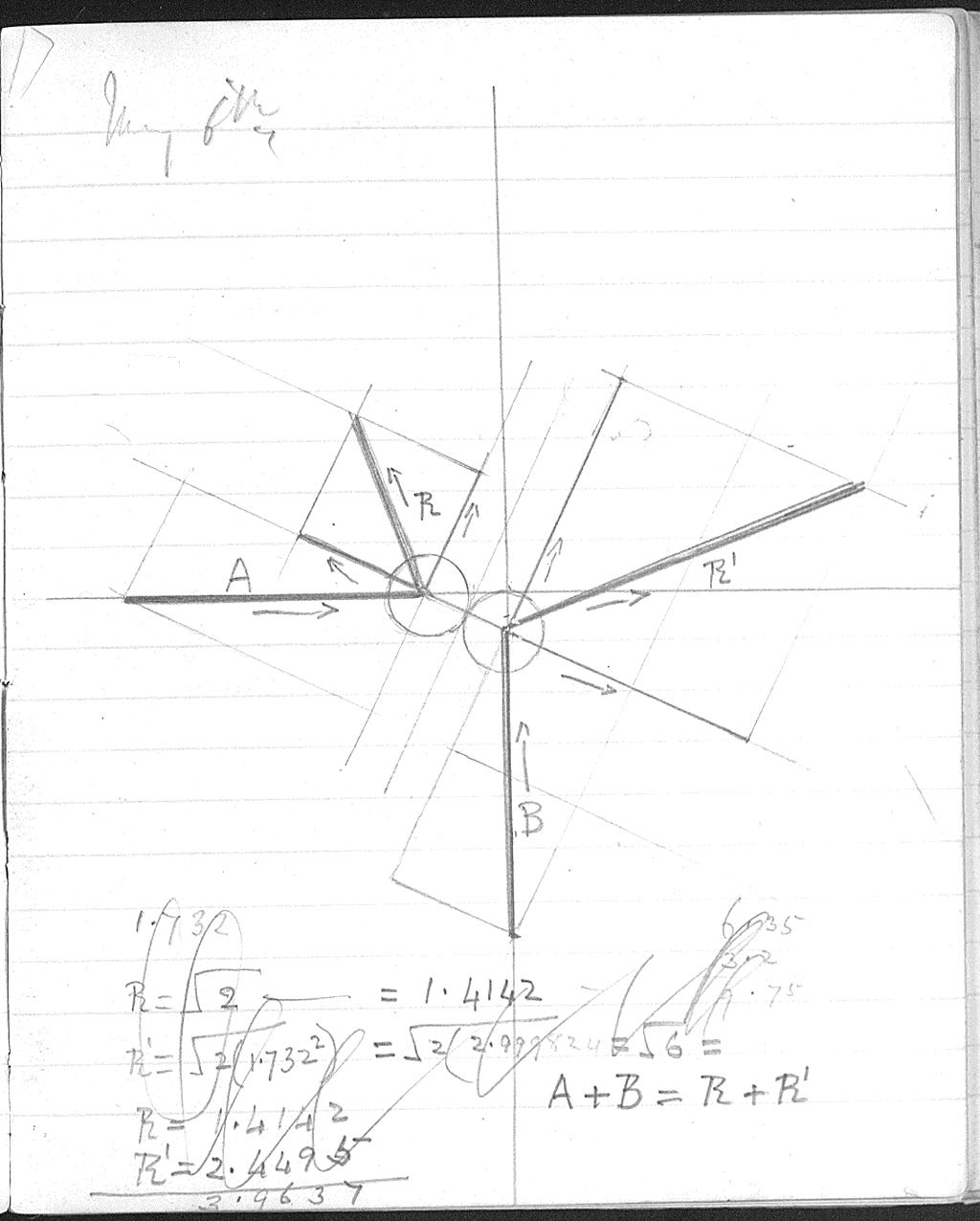Right to the Source
Engaging Students in Scientific Practices With the Notebooks of Alexander Graham Bell
The Science Teacher—September/October 2022 (Volume 90, Issue 1)
By Peter DeCraene

Alexander Graham Bell’s notebooks provide an interesting glimpse into the inventor’s creative process, including his assessment of his own work. While he is most famous for the invention of the telephone, Bell researched many ways to improve communication across distances, including using a “photophone,” the precursor to modern fiber optic cable. In journal entries from early May 1878, and likely related to that invention, Bell wrote about “Impact of atoms” and began by writing a number of premises. He clearly made revisions to his thinking on the page dated May 4, as well as on subsequent pages. (https://www.loc.gov/resource/magbell.29800101/?sp=25). Four pages in particular, from May 6, 1878, (https://www.loc.gov/resource/magbell.29800101/?sp=33) show his progression of thought through diagrams that become more and more detailed and tidy, with the final diagram, having been made with a straight edge, showing forces and labeled points. (https://www.loc.gov/resource/magbell.29800101/?sp=36) Perhaps most interestingly, the very next page—the one featured here—shows Bell extending his thinking further by considering alternative starting situations. He labeled this page “Investigate following cases.” (https://www.loc.gov/resource/magbell.29800101/?sp=37).
In various places throughout his notebooks, Bell includes hypotheses, diagrams, notes, and calculations. He frequently scratched out work, revised diagrams, and wrote questions for further investigation. Students often believe that “being good at science” means working quickly and “getting it right” the first time.
Without providing context about who wrote the notebooks or when, share the pages with students and invite their questions. They might see these pages as evidence of someone working to understand a particular concept. And they might be surprised to learn this somewhat messy thinking came from the mind of one of the greatest inventors of the 19th century, making mistakes and revising his thinking. Clearly, Bell did not get it right the first time. On the other hand, the notes do show Bell being methodical in his approach, building on his thinking from one question to the next. As students consider Bell’s work and what it means to “think scientifically,” teachers may consider how to use alternative assessments to encourage students to revise and question their work as Bell did his.

About the Source
The page featured here comes from “Notebook by Alexander Graham Bell, from March 22, 1878 to October 14, 1878” (https://www.loc.gov/item/magbell.29800101/). It is part of the collection Alexander Graham Bell Family Papers at the Library of Congress https://www.loc.gov/collections/alexander-graham-bell-papers. The papers were featured in several blog posts, including “‘What Do Scientists Do?’ Seeking Answers in the Alexander Graham Bell Papers at the Library of Congress” (https://blogs.loc.gov/teachers/2014/10/what-do-scientists-do-seeking-answers-in-the-alexander-graham-bell-papers-at-the-library-of-congress/) and “Alexander Graham Bell and the Iterative Kite Design Process” (https://blogs.loc.gov/teachers/2019/07/alexander-graham-bell-and-the-iterative-kite-design-process/) among others.
Peter DeCraene (pdecraene@loc.gov) is the 2020–22 Albert Einstein Distinguished Educator Fellow at the Library of Congress. See www.loc.gov/teachers.
Instructional Materials Interdisciplinary Physical Science Physics High School


